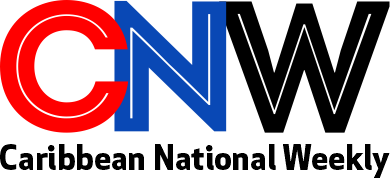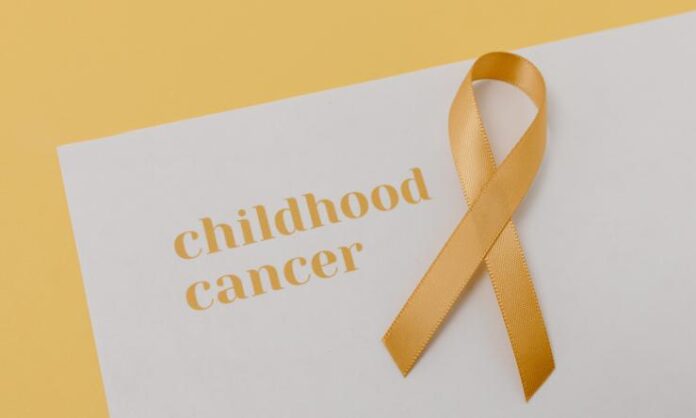WASHINGTON, CMC – The Pan American Health Organization (PAHO) has raised concerns about the significant disparity in childhood cancer treatment across Latin America and the Caribbean. Each year, around 30,000 children and adolescents under 19 are diagnosed with cancer in the region, with nearly 10,000 losing their lives to the disease.
PAHO pointed out that while more than 80% of children with cancer in Northern America are cured, the survival rate in Latin American and Caribbean countries is much lower, at approximately 55%. This gap is largely attributed to challenges within the healthcare systems, including limited access to affordable and high-quality medicines.
The organization stressed the need for urgent improvements in healthcare access and resources to better support children battling cancer in these regions.
The statement by PAHO comes as the World Health Organization (WHO) and St Jude Children’s Research Hospital have commenced distribution of critically-needed childhood cancer medicines in two out of six pilot countries, through the Global Platform for Access to Childhood Cancer Medicines.
Ecuador is the only country in the Americas involved in the program where the treatments are expected to reach approximately 5,000 children with cancer across at least 30 hospitals in Mongolia, Uzbekistan, Jordan, Nepal and Zambia this year.
The Global Platform is a first initiative of its kind. Countries in the pilot phase will receive an uninterrupted supply of quality-assured childhood cancer medicines at no cost. The initiative is poised to become the largest, with the goal of reaching 50 nations in the next five to seven years. It aims to eventually provide medicines for the treatment of approximately 120,000 children with cancer in lower-middle income countries, significantly reducing mortality rates.
Every year, an estimated 400,000 children worldwide develop cancer. The majority of these children, living in resource-limited settings, are unable to consistently obtain or afford cancer medicines.
“A child’s chances of surviving cancer are largely determined by where they are born, making this one of the starkest disparities in global healthcare,” said Dr James R Downing, president and chief executive officer of St Jude.
“St Jude was founded on Danny Thomas’ dream that no child should die in the dawn of life. By developing this platform, we believe this dream can someday be achieved for children stricken by cancer, irrespective of where they live.”
PAHO said that the platform brings together governments, the pharmaceutical industry and non-governmental organizations in a unique collaborative model focused on creating solutions for children with cancer.
It said the co-design approach addresses the broader needs of national stakeholders, with a focus on capacity building and long-term sustainability.
Beyond the platform, PAHO says its Strategic Fund plays a key role not only in procuring medicines for countries participating in the Platform but also in ensuring affordable access to essential cancer treatments across the region.
It said inter-programmatic efforts include introducing pediatric formulations, harmonizing treatment protocols, improving quantification, and strengthening storage and distribution, reinforcing the Fund’s commitment to expanding access to life-saving health technologies.
The platform provides comprehensive end-to-end support, from consolidating global demand to shaping the market, assisting countries with medicine selection and developing treatment standards.














